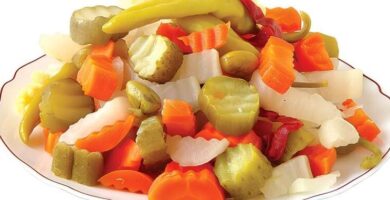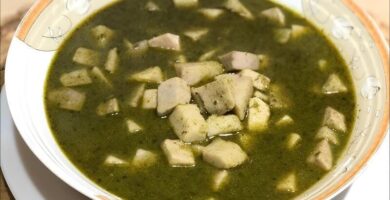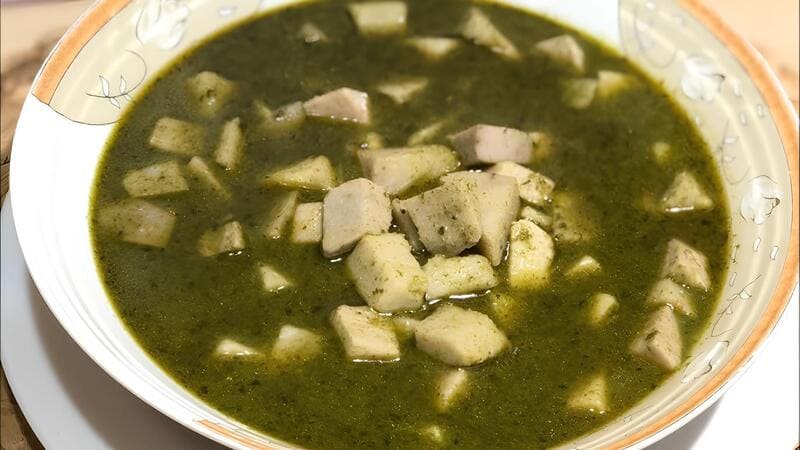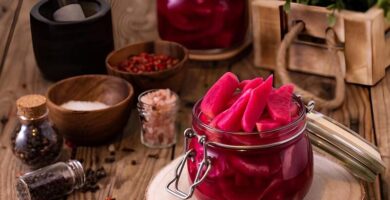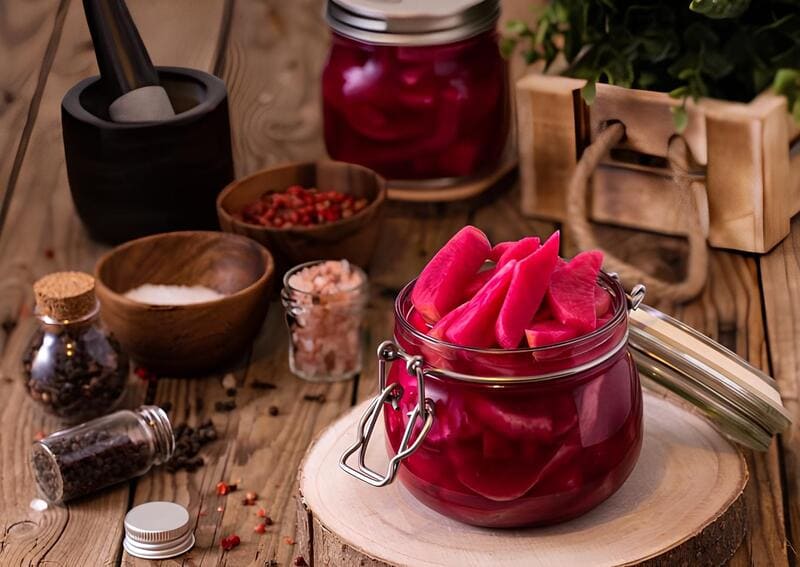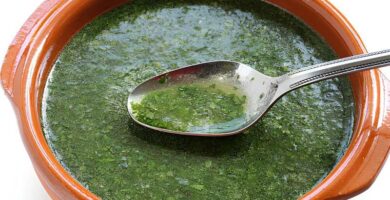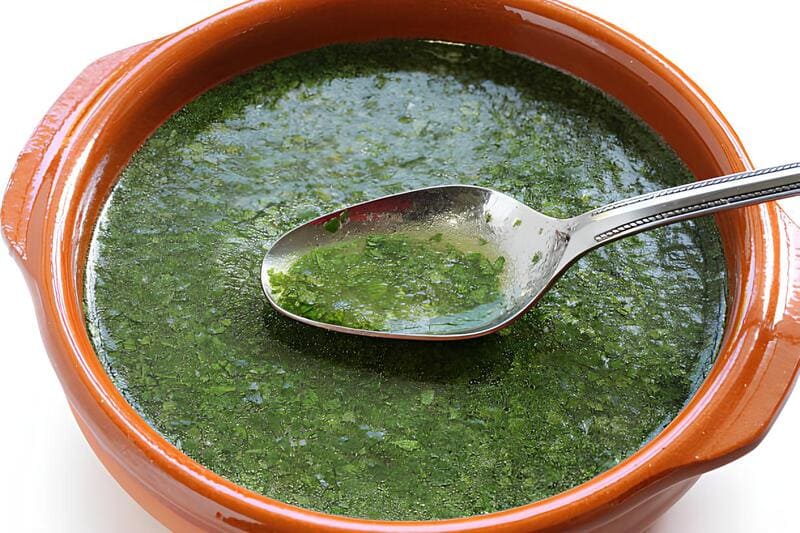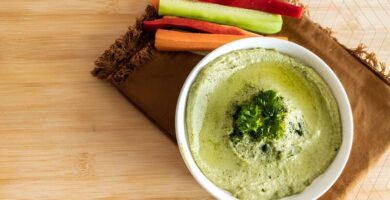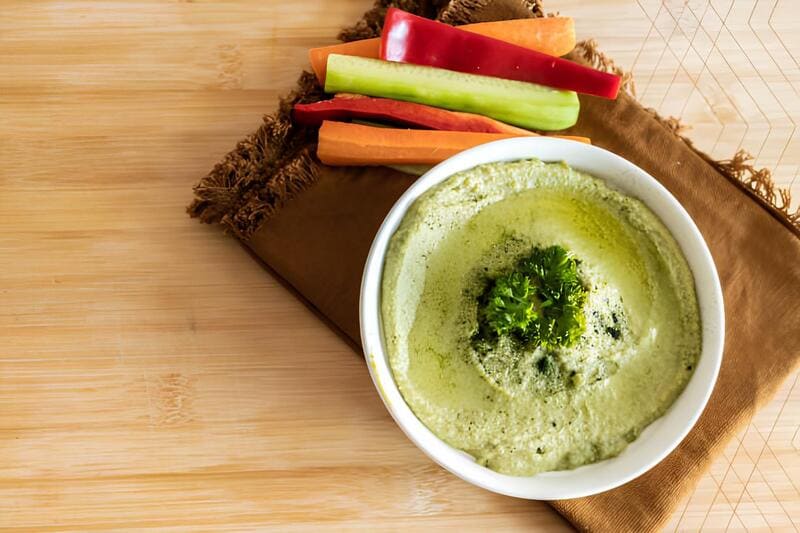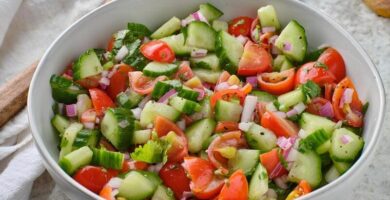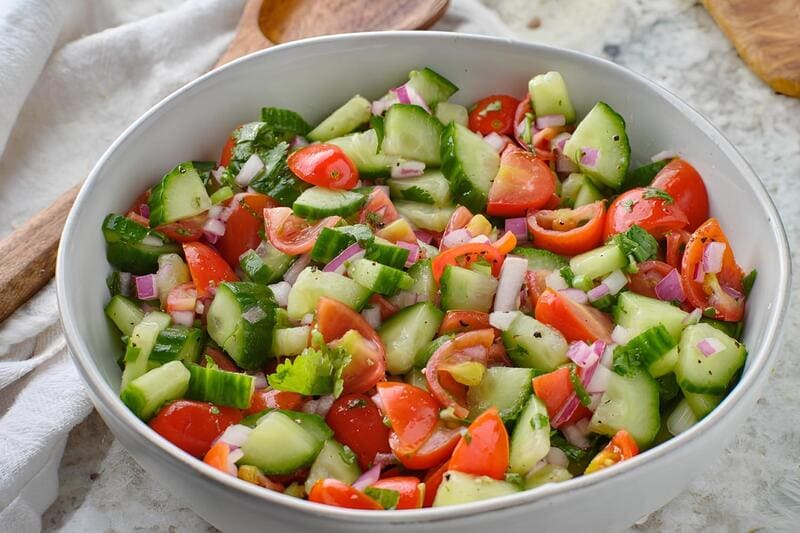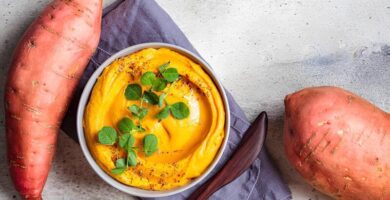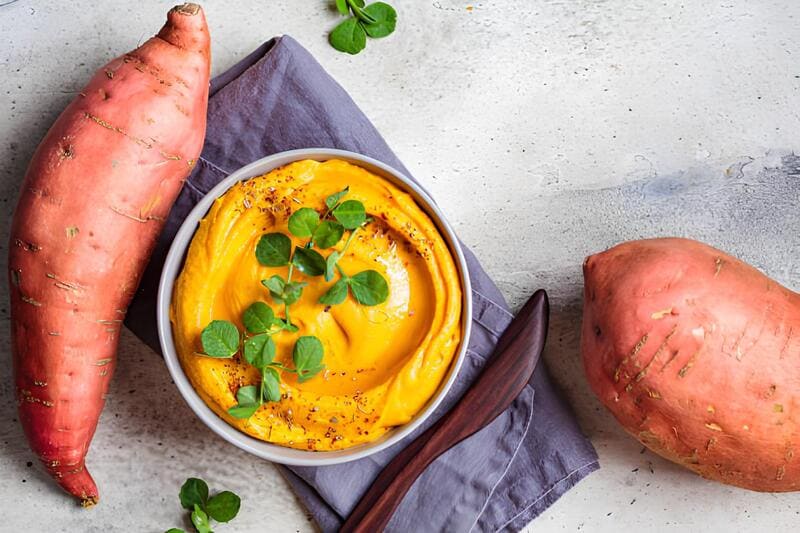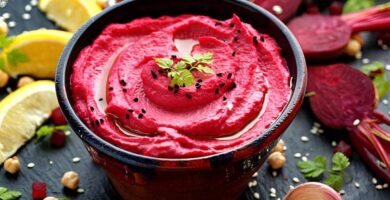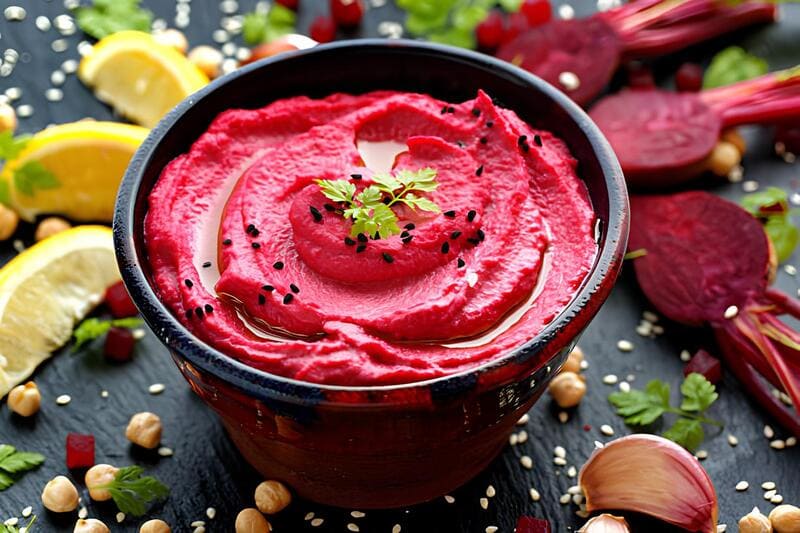
Celebrated for their lush texture and versatile usage, Ashta cream—also known as qashta or qeshta—is a cornerstone of Middle Eastern desserts. Revered during festive seasons like Ramadan, this thick, clotted cream is an essential layer in many Arabic sweets, bringing a rich, creamy experience to delights such as baklava and kunafa.
This homemade Ashta cream version is simple yet profoundly satisfying. Its recipe uses common kitchen staples, ensuring accessibility. Much like a symphony, each ingredient contributes its unique notes, culminating in a harmonious, creamy concoction. This recipe offers a delightful balance of textures and flavors, encouraging you to explore the delicious landscape of Egyptian desserts.
Ingredients
- 1 liter of milk
- 2 tablespoons vinegar
- 2 tablespoons cornstarch
- 2 tablespoons flour
- 1 tablespoon butter
- ½ teaspoon mastic (optional)
- Water (as needed)
Preparation
- Heat the milk in a large pot over high heat until nearly boiling.
- Add the vinegar to the pot and stir until the milk curdles and separates into solids and whey.
- Allow it to boil slowly for 5 minutes, then strain the curds using a cheesecloth or fine strainer.
- In a separate saucepan, mix the strained curds with the cornstarch and flour.
- Gradually add the milk while stirring continuously over medium heat until the mixture thickens.
- Remove from heat once the mixture reaches a thick, creamy consistency.
- Stir in the butter and finely crushed mastic, if using, until fully incorporated.
- Spread the mixture in a tray, cover, and let it cool to room temperature before refrigerating for at least an hour.
Did you know?
The origins of Ashta cream stem from centuries-old traditions in the Middle East, where it has been a luxurious topping or filling in numerous pastries. Known as “qeshta” in Egyptian and Levantine cuisines, this cream is distinct from Western equivalents due to its unique preparation methods. The process of curdling milk with vinegar to create this thick layer is akin to making clotted cream but imbued with regional nuances.
When it comes to cultural significance, Ashta cream is indispensable during religious celebrations such as Ramadan. It is generously layered in sweets like Kunafa and Othamaliyah, each bite evoking communal warmth and festive spirits. As for its versatility, besides being a part of intricate desserts, Ashta cream can also be a simple yet indulgent topping for fruits, adding a creamy contrast.
Interestingly, the caloric content of Ashta cream can vary widely based on how it’s prepared or used. While indulgent, there are ways to prepare a more healthy version by adjusting the amount of butter or using low-fat milk. Nevertheless, this delightful cream remains a beloved staple in Middle Eastern households, contributing a rich and irresistible flavor profile to any dish it graces.

